Optimal Seasons for Foundation Repairs
Foundation repairs are essential for maintaining structural integrity and preventing further damage. The timing of repairs can impact their effectiveness and longevity. Understanding seasonal and environmental factors helps determine the optimal period for addressing foundation issues.
Spring offers moderate temperatures and soil conditions, making it suitable for foundation work. However, increased moisture levels can affect excavation and curing processes.
Summer provides longer daylight hours and warmer weather, facilitating construction activities. Care must be taken to avoid working during extreme heat.
Fall's cooler temperatures and reduced moisture levels can be advantageous. Preparations for winter should be considered to prevent delays.
Winter is generally less ideal due to freezing temperatures and frozen ground, which can hinder excavation and curing. However, in milder climates, repairs can still be performed with proper precautions.

Image depicting excavation and underpinning techniques.
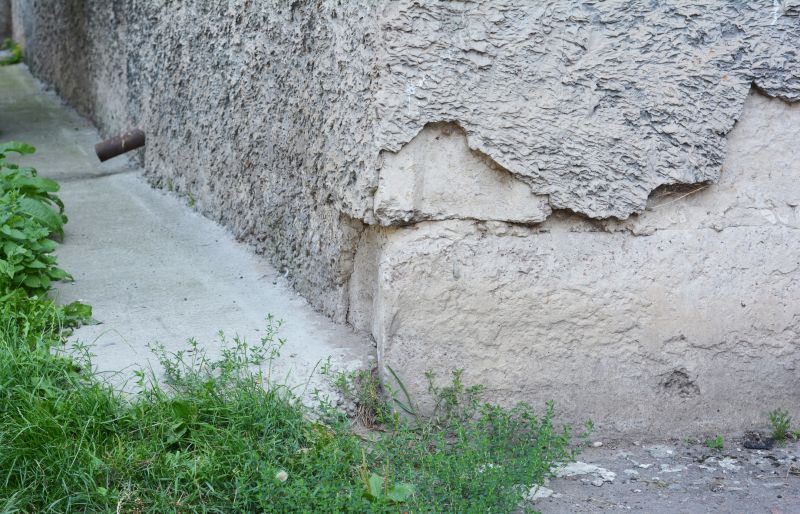
Image showing soil testing and analysis for foundation stability.

Image featuring specialized machinery for foundation stabilization.
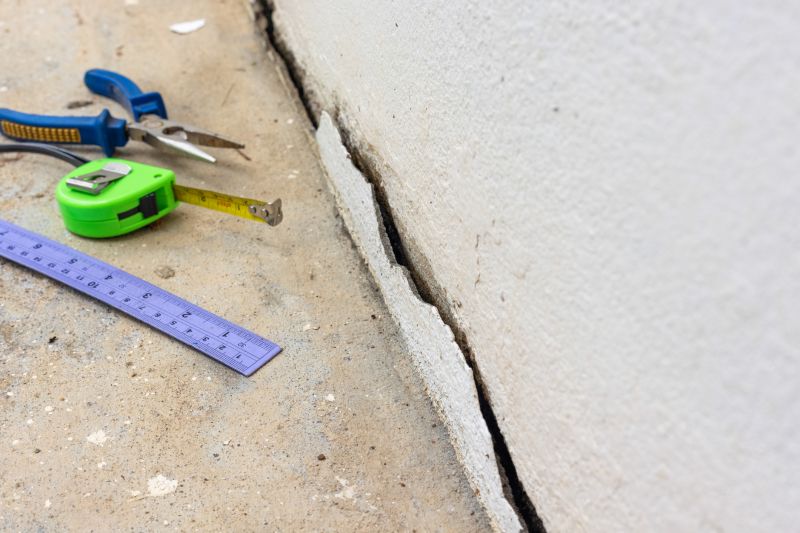
Ways to make Foundation Repairs work in tight or awkward layouts.
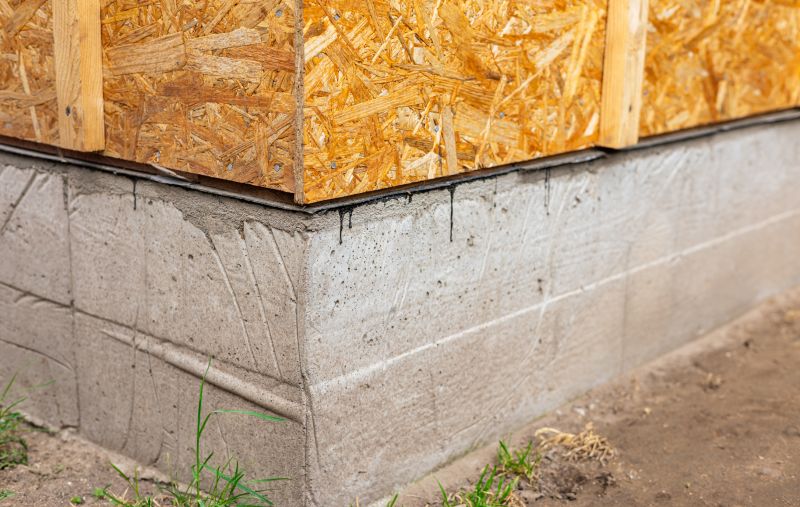
Popular materials for Foundation Repairs and why they hold up over time.
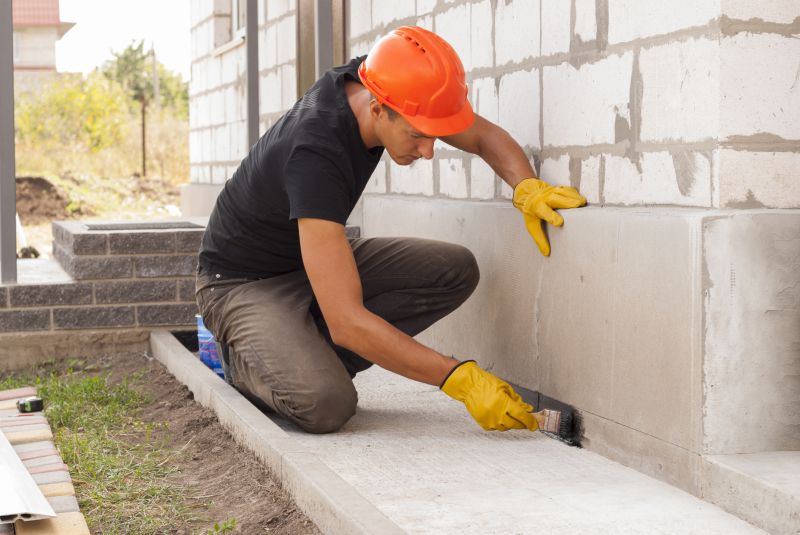
Simple add-ons that improve Foundation Repairs without blowing the budget.
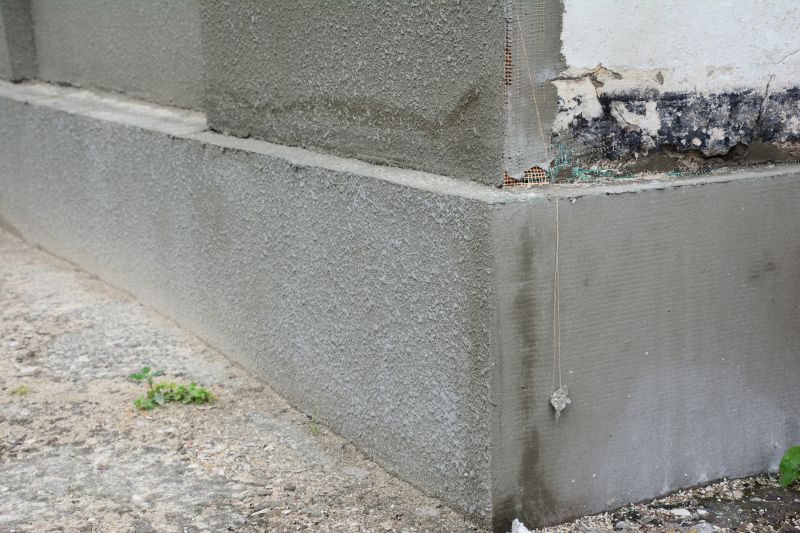
High-end options that actually feel worth it for Foundation Repairs.
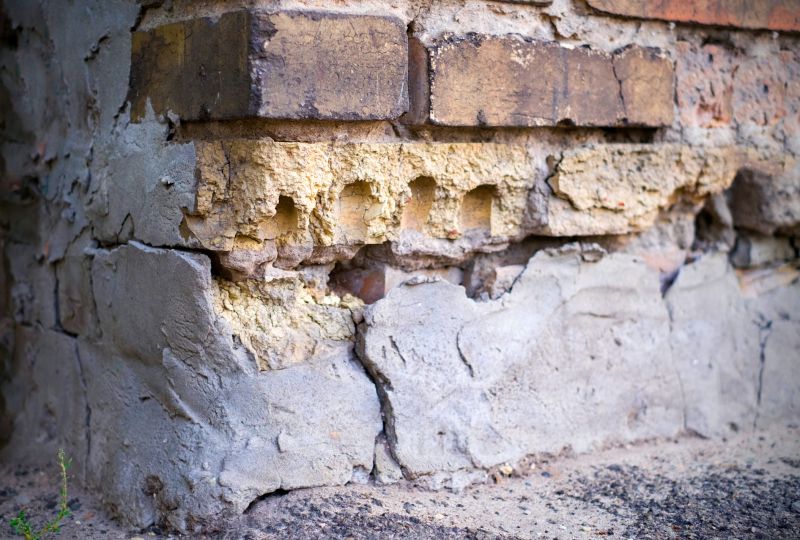
Finishes and colors that play nicely with Foundation Repairs.
| Season | Ideal Conditions |
|---|---|
| Spring | Moderate temperatures and manageable moisture levels. |
| Summer | Longer workdays; avoid extreme heat. |
| Fall | Cooler weather and less moisture. |
| Winter | Challenging in cold climates; suitable in milder areas. |
Foundation repairs involve addressing issues such as settling, cracking, and shifting that compromise the stability of a structure. These repairs often include underpinning, piering, and soil stabilization. Proper timing ensures that repairs are effective and durable, reducing the risk of future problems. Seasonal considerations, soil conditions, and weather patterns play a critical role in planning foundation work.
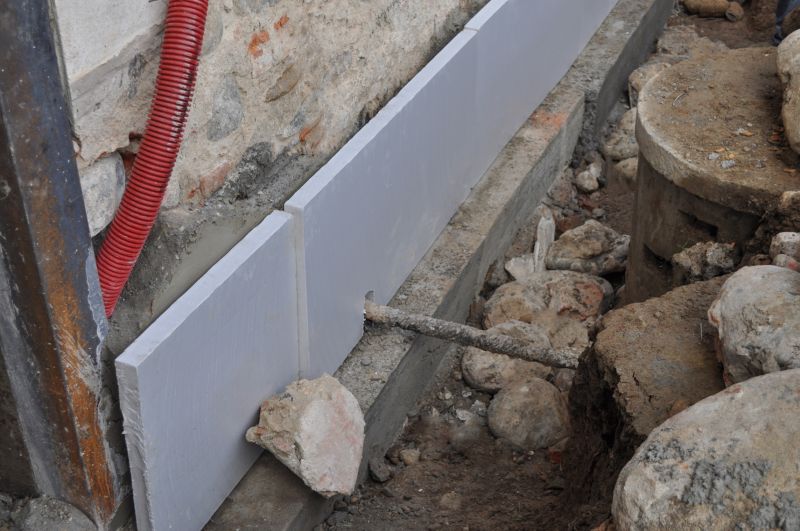
Image showing foundation underpinning process.
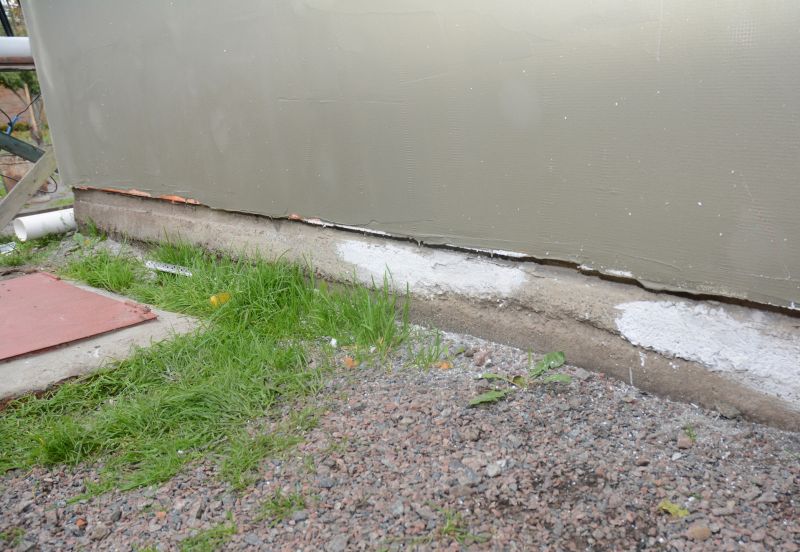
Image illustrating crack injection and sealing.
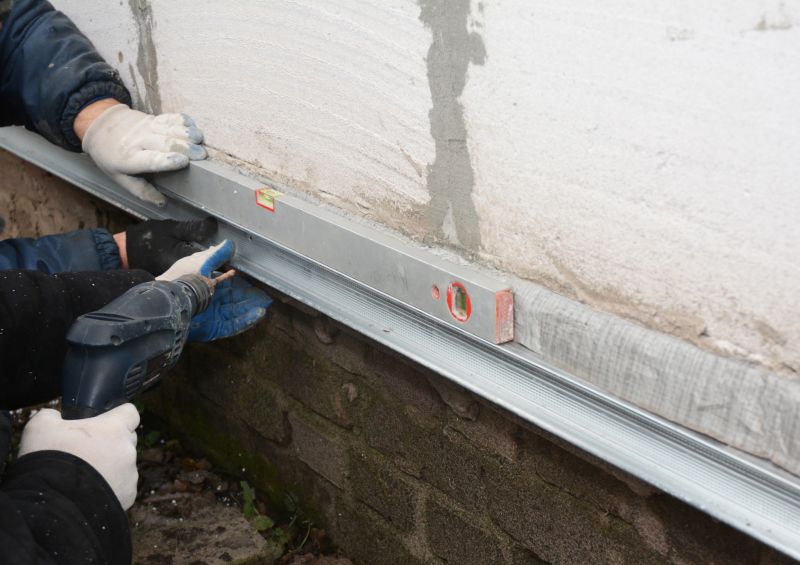
Image of soil stabilization methods.
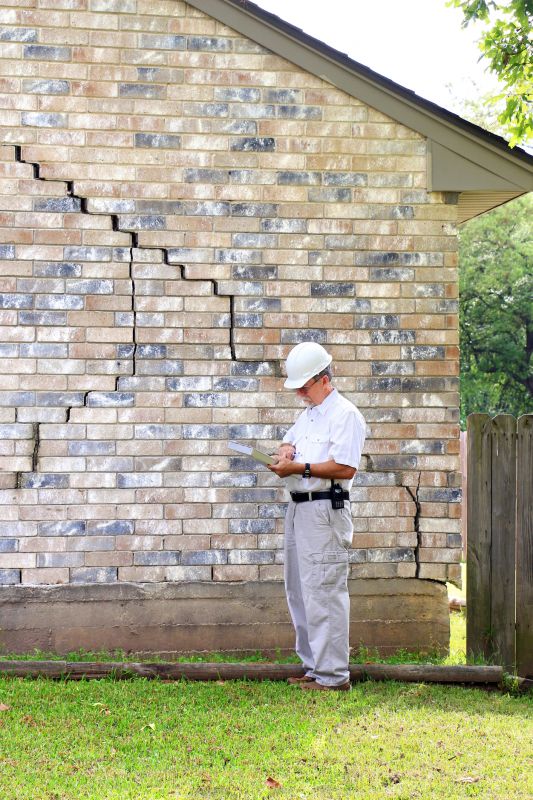
Image of a technician assessing foundation conditions.

Little measurements that prevent headaches on Foundation Repairs day.
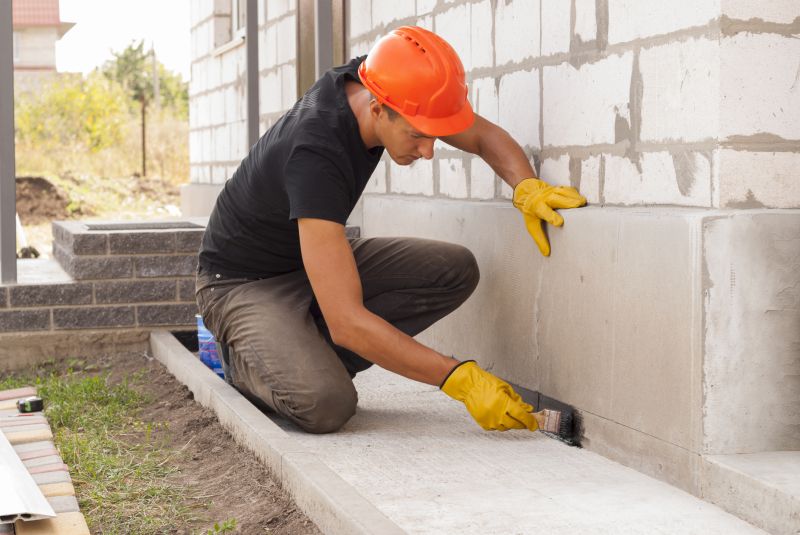
A 60-second routine that keeps Foundation Repairs looking new.
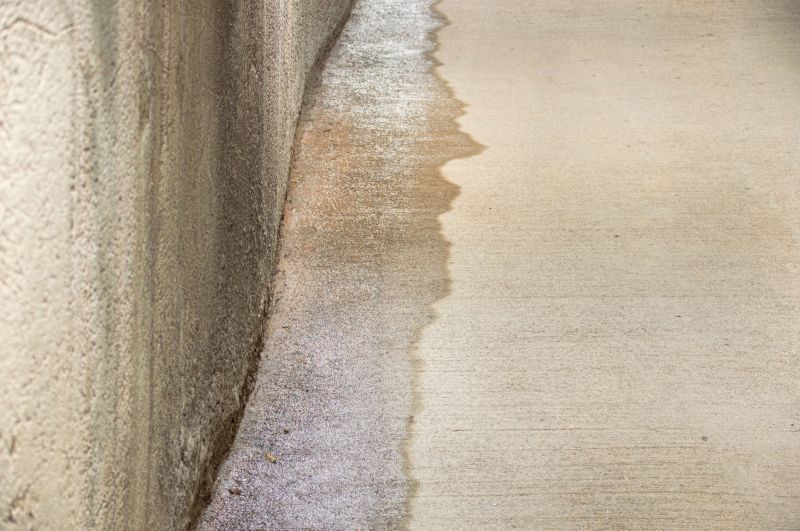
A frequent mistake in Foundation Repairs and how to dodge it.

Small tweaks to make Foundation Repairs safer and easier to use.
Timely foundation repairs can prevent costly structural damage and improve property safety. Regular inspections help identify early signs of issues, allowing repairs to be scheduled during optimal seasons. Consulting with foundation specialists ensures that the work is performed under suitable conditions, maximizing durability and effectiveness.
Cracks in walls, uneven floors, and sticking doors indicate potential issues.
Addressing problems early can prevent extensive damage and higher costs.
Consult with professionals to determine the best timing based on local conditions.
Ensure proper soil assessment and scheduling to avoid delays.


